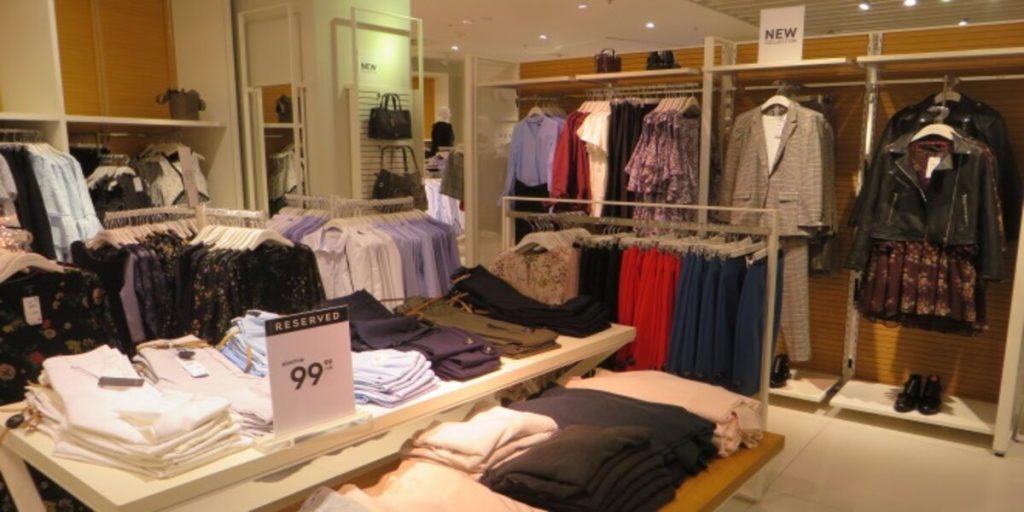The fashion industry is ever-evolving, with trends coming and going, and new styles emerging at a rapid pace. In this dynamic landscape, “Reserved Clothing” has established itself as a unique and intriguing concept. Reserved Clothing goes beyond the ordinary, offering a distinctive approach to fashion that embraces sustainability, personal expression, and a sense of individuality.
In this article, we will explore the Reserved Clothing phenomenon, its origins, key principles, and the impact it has on the fashion industry.
Origins of Reserved Clothing
Reserved Clothing, often referred to as “slow fashion” or “slow clothing,” originated in response to the fast fashion industry, which is known for its rapid turnover of styles, cheaply made garments, and unsustainable production practices. The term “Reserved Clothing” emerged as a movement that encourages consumers to reconsider their relationship with fashion, emphasizing quality over quantity and longevity over disposability.
A Reaction to Fast Fashion
Fast fashion brands have long dominated the fashion market, offering consumers low-priced, trendy clothing that is designed to be worn a few times and then discarded. This unsustainable model contributes to significant environmental and ethical issues, including textile waste, exploitative labor practices, and overconsumption.
Reserved Clothing emerged as a response to these problems. It encourages consumers to be more mindful of their purchases, focusing on pieces that are built to last and produced in an ethical and sustainable manner. This shift towards conscious consumerism promotes a more sustainable and responsible fashion industry.
Quality Over Quantity
One of the central tenets of Reserved Clothing is the belief that quality should always take precedence over quantity. Instead of filling closets with numerous, short-lived fashion items, Reserved Clothing advocates for investing in fewer, high-quality pieces that will withstand the test of time. This approach not only reduces the environmental impact of the fashion industry but also saves consumers money in the long run.
Key Principles of Reserved Clothing
Reserved Clothing is built upon a set of principles that guide its ethos and practices. These principles emphasize sustainability, individuality, and ethical production methods.
Sustainability
Sustainability is at the heart of Reserved Clothing. To be truly “reserved,” a piece of clothing should be made with sustainable materials and production processes. This involves using eco-friendly fabrics, reducing waste, and minimizing the carbon footprint of the garment’s journey from production to purchase. Sustainable fashion brands often implement practices like recycling, upcycling, and ethical sourcing of materials.
Ethical Production
Reserved Clothing ensures that every step of the production process is carried out ethically. This means fair wages and safe working conditions for all individuals involved in the creation of the clothing, from designers to factory workers. Ethical production practices are a stark departure from the exploitative labor conditions often associated with fast fashion.

Slow and Artisanal
The slow fashion aspect of Reserved Clothing is reflected in its emphasis on craftsmanship and artistry. Each piece is thoughtfully designed and meticulously crafted, often by skilled artisans who take pride in their work. Slow fashion encourages consumers to appreciate the beauty of handmade, unique garments that are created with care and attention to detail.
Individual Expression
Reserved Clothing promotes individuality, urging consumers to express their personal style and creativity through their clothing choices. Instead of conforming to the latest trends dictated by fast fashion, individuals are encouraged to curate a wardrobe that aligns with their values and reflects their unique personality.
The Impact on the Fashion Industry
Reserved Clothing has had a significant impact on the fashion industry, challenging its norms and practices in a variety of ways.
A Shift in Consumer Behavior
The Reserved Clothing movement has influenced how consumers approach fashion. People are becoming more conscious of the impact of their choices and are increasingly choosing sustainable and ethical brands over fast fashion giants. This shift in consumer behavior has led to the rise of small, independent, and eco-conscious fashion labels.
Encouraging Transparency
As consumers demand more transparency in the fashion industry, brands are now under pressure to disclose their production processes, supply chains, and material sourcing. Reserved Clothing has played a pivotal role in pushing for greater transparency, fostering accountability among fashion companies.
Paving the Way for Innovation
Reserved Clothing has inspired innovation in fashion design and production. Brands are exploring new materials, technologies, and sustainable practices to reduce their environmental footprint and enhance the durability of their products.
A Reduction in Textile Waste
By emphasizing the value of long-lasting, high-quality garments, Reserved Clothing has contributed to a reduction in textile waste. Consumers are less inclined to discard clothing after just a few wears, and they are more likely to repair and care for their pieces, extending their lifespan.

Conclusion
Reserved Clothing is a remarkable and transformative concept that challenges the status quo of the fashion industry. It encourages consumers to be more mindful of their choices, prioritize quality over quantity, and embrace sustainability and individuality. As the movement continues to gain momentum, it promises to reshape the fashion landscape, promoting ethical production, environmental responsibility, and a more personal and meaningful connection to clothing. In a world dominated by fast fashion, Reserved Clothing serves as a refreshing reminder that fashion can be both beautiful and responsible.
